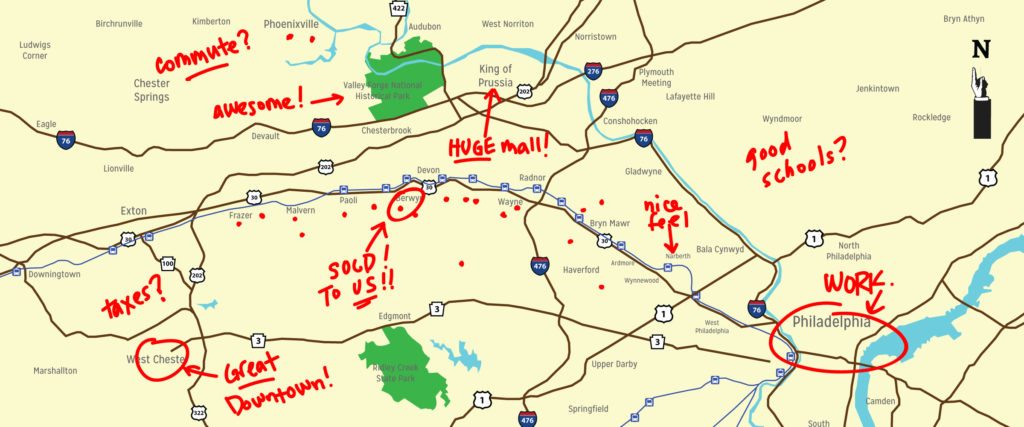
Climate Change and FEMA Maps
The US has experienced several severely damaging storms and hurricanes in recent years. Property owners dealing with the financial (not to mention emotional) aftermath of these storms have, in many cases, call FEMA’s flood maps into question. One article tells the story of Mexico Beach, FL and how the exclusion of the location as a flood zone risk (on FEMA maps) has cost millions of dollars. While FEMA officials are quick to point out that a single storm shouldn’t serve as a predictor of flood risk, they do not address the fact that their maps ignore climate change data. FEMA does not use current predictions of rising sea levels and temperatures to inform their decisions about flood plain boundaries. They look exclusively at historical data. This incomplete picture, critics say, prevents the maps from being more accurate.
How FEMA Maps Work
The National Flood Insurance Program branch of FEMA (Federal Emergency Management Program) is responsible for issuing and updating the maps. They are designed to indicate “100 year flood plains”. From a risk standpoint,, properties that fall within flood plains have a 1% risk of flooding. The reason that FEMA maps are so important is that lenders rely on them when they agree to provide mortgages. One of the features they consider is whether the property in question is in a FEMA-designated flood plain. If it is, they will require the buyer to carry flood insurance to protect their asset.
Flood Insurance
Until recently, a property’s flood insurance cost did not take into account just how likely flooding was. However, lots of buyers complained about being required to have flood insurance ( “just because of a small creek down the hill that couldn’t possibly flood the basement?”). FEMA responded with elevation certificates. These are used to determine the insurance premium that is directly related to the flood risk.
Several property owners who have sustained costly flood damage believe that FEMA should have designated their properties as within a flood zone. They argue that, if FEMA used current data to assess both the present and near future likelihood of flooding, the maps would change. Being outside of a FEMA-designated flood zone means that, in the event of a flood, home owner’s insurance will not cover the damage. That damage can be extremely costly.
Any changes in FEMA flood maps will only be useful in covering flood damages if the federal government support their efforts. If climate change is not perceived as a “real thing”, it is unlikely that significant changes to the maps will be made. Of course, the second step is to make funds available to a potentially larger group of insured home owners. Allocation of federal funds, of course, creates an enormous additional discussion.


Leave a Reply